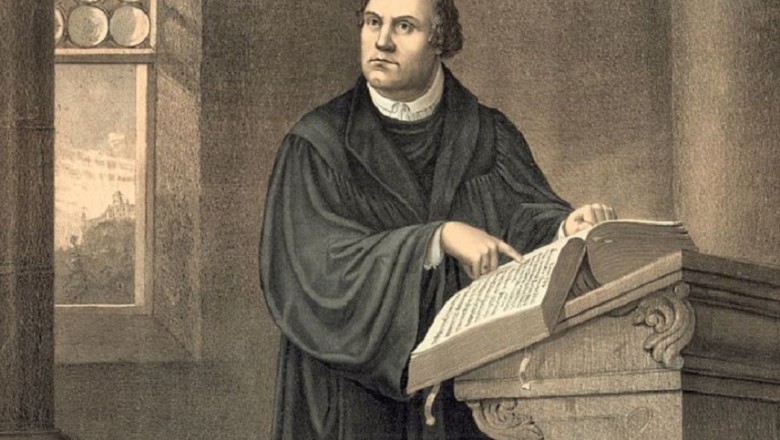
These 20 artifacts are shrouded in secrecy - But they are all said to be hidden in the Vatican
-
The Letter that Sparked the Protestant Reformation
In the 16th century, theologian Martin Luther disagreed with the way the Catholic Church promised its followers the ability to ascend to heaven. At that time, Catholics were encouraged to buy indulgences to reduce the penalties for their sins and the sins of their loved ones.
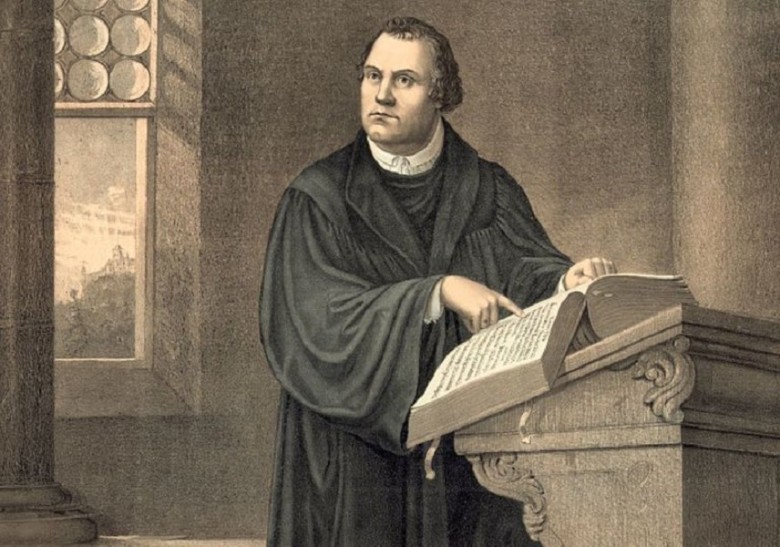
Luther made his opinion on this matter clear in 1517 with the publication of his 95 Theses - a criticism of everything he believed the Church had presented incorrectly to its disciples.
Revolution and Excommunication
By sharing the 95 Theses, Luther unintentionally initiated the Protestant Reformation, although he still saw himself as a member of the Catholic Church.
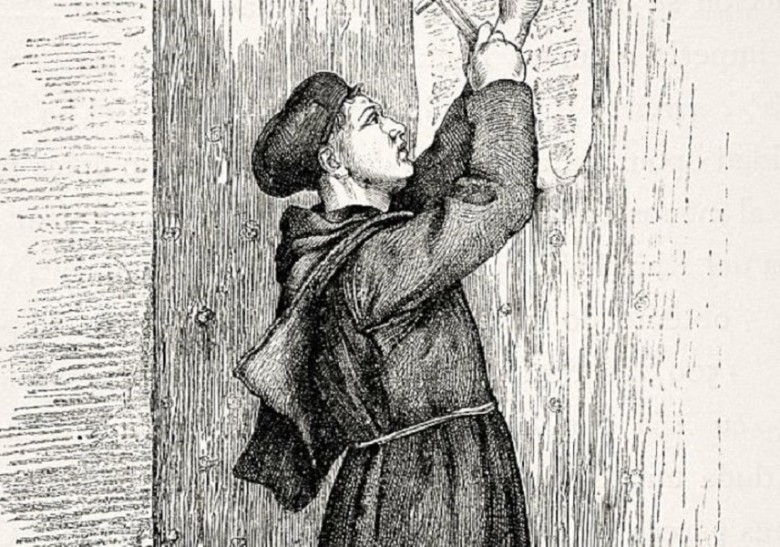
But in a letter that is now stored in the Vatican, then-Pope Leo X responded to Luther's complaints with an excommunication. This, in turn, allowed Luther to establish his own religion.
-
A Work-Related Complaint from Michelangelo
The artistic influence of Michelangelo di Lodovico Buonarroti Simoni was so immense that he is known by just one name, Michelangelo. He painted and sculpted in a way that forever changed Western art.
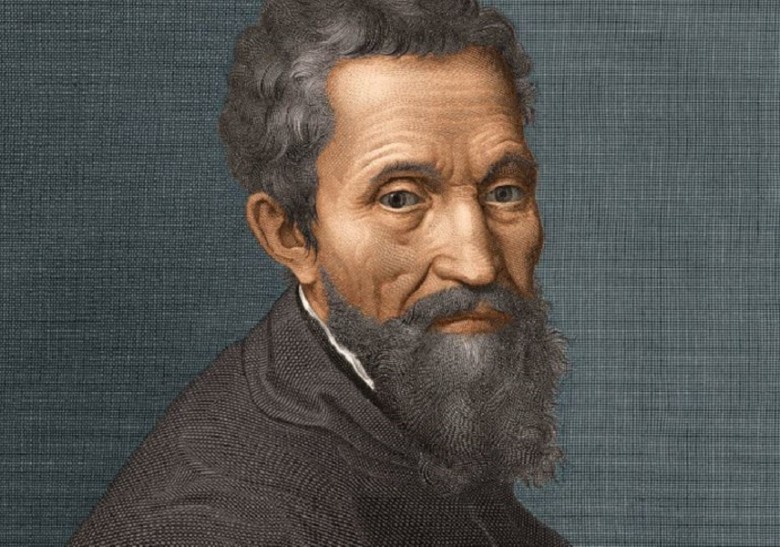
As a result, Michelangelo is often considered the greatest artist of all time and a shining example of a "Renaissance man" - someone who is highly skilled in multiple areas.
Insider Information
Among Michelangelo's most famous works are, of course, his paintings on the ceiling of the Sistine Chapel in Vatican City. Perhaps due to this commission, the artist seemed to have insider information about the conditions in the city-state.
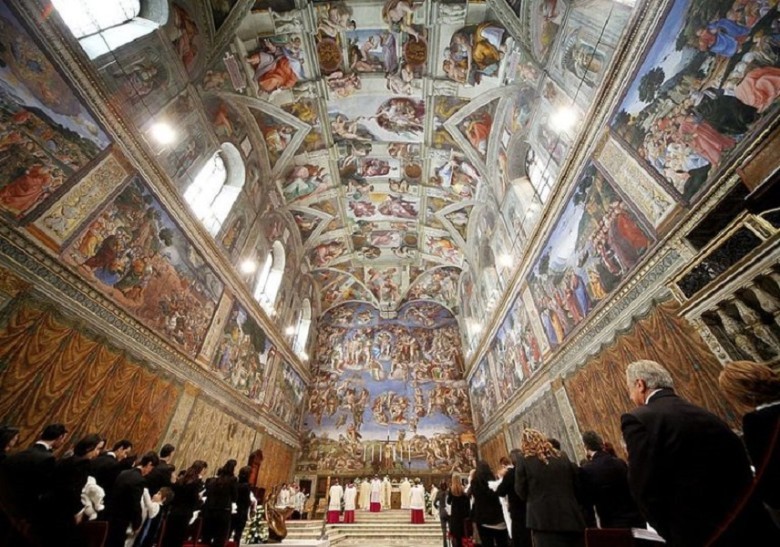
He therefore wrote a letter to the Pope informing him that the Vatican guards would soon be resigning as they hadn't received any money for three months. This message is still preserved in the Church's archives today.
-
The Papal Bull that Divided North America Between Portugal and Spain
When Christopher Columbus proposed his world voyage, King John II of Portugal did not believe that he had planned his route correctly. However, supported by Spain's Queen Isabella and King Ferdinand, the explorer reached the New World and returned.
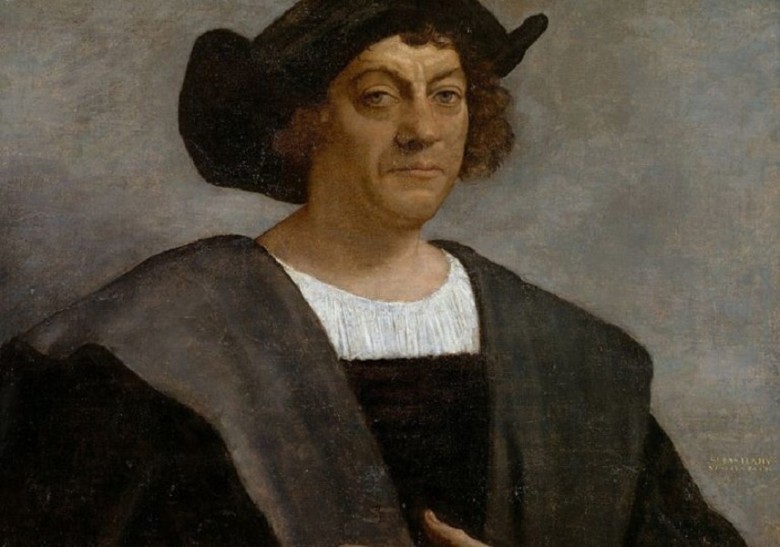
But after this successful journey, John II took action. He claimed that Columbus had violated a contract and that Portugal had a right to a portion of the discovered land.
Dividing a Continent
To further complicate matters, Spain also claimed a portion of Columbus' discoveries. To resolve this potential major conflict, Pope Alexander VI stepped in with a papal bull - a decree from the highest member of the Catholic Church.
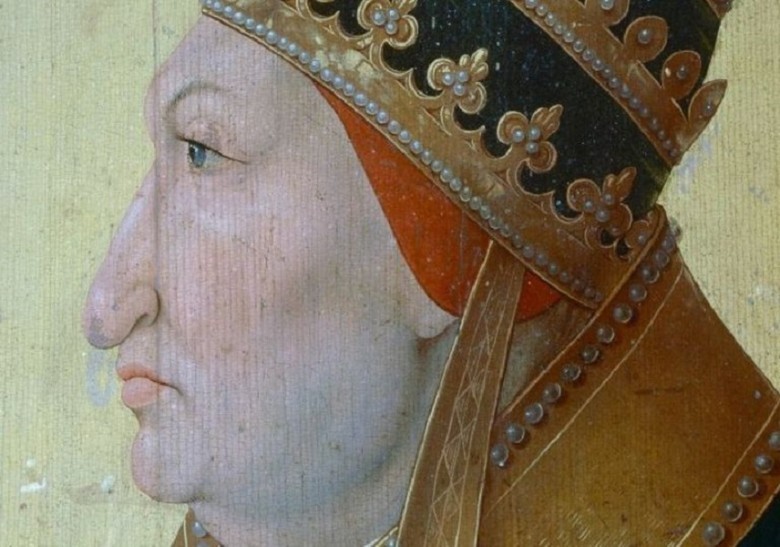
With this edict, the pontiff cleanly divided the discovered land between the European countries.
-
Evidence of a Predicted Apocalypse
In 1917, three young cousins working as shepherds in Portugal claimed to have encountered the Virgin Mary on their walks in the countryside.
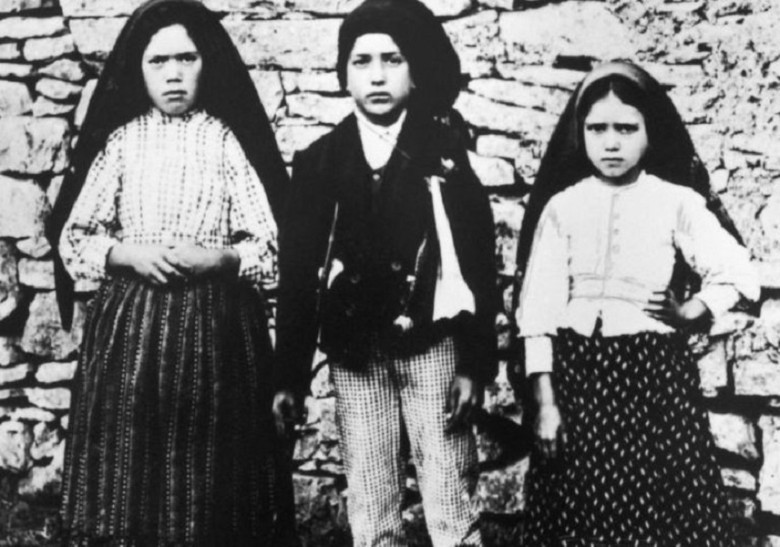
According to legend, Mary entrusted the trio with three secrets, of which only two were revealed by Lúcia Santos, a member of the family, in 1941. She said that the third secret was not ready to be shared yet.
A Vision of the Future?
Then, in 1943, a bishop requested that Santos write down the final detail. Though she complied with this request, she asked the Church to open the envelope in which she had sealed her words only in 1960. Since then, there have been rumors about what the third secret could be.

Some believe it could be related to a nuclear apocalypse or other impending catastrophes. Others think that Santos' notes, preserved in the Vatican, reveal details about the apocalypse.
-
King Henry VIII's Annulment Request from His First Marriage
While still married to Catherine of Aragon, King Henry VIII of England had a long-standing extramarital relationship with Mary Boleyn, who may have borne two of his children.
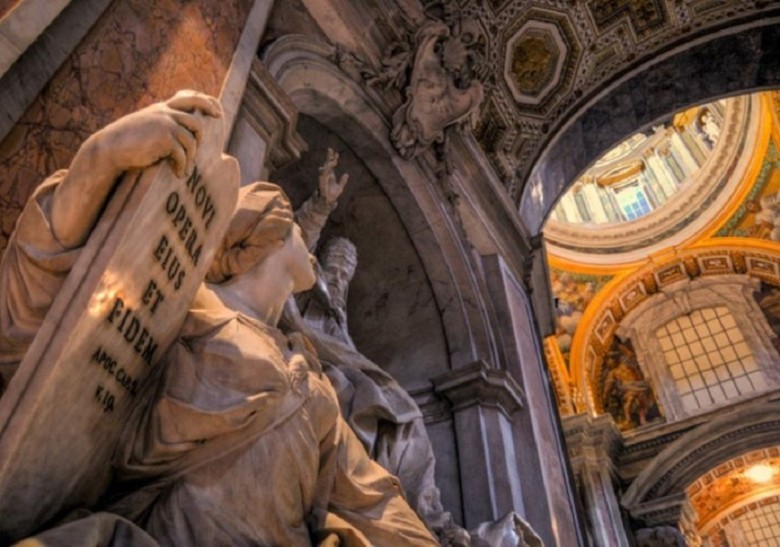
Over time, however, the ruler fell in love with Mary's sister, Anne. As Anne refused to engage in an affair with Henry, he had to find a way to end his marriage to have the woman he desired.
The Pope's Judgment
Henry's solution was to send a petition - signed by 85 religious men and nobles - to Pope Clement VII. This document asked the Catholic leader to declare the king's marriage invalid.
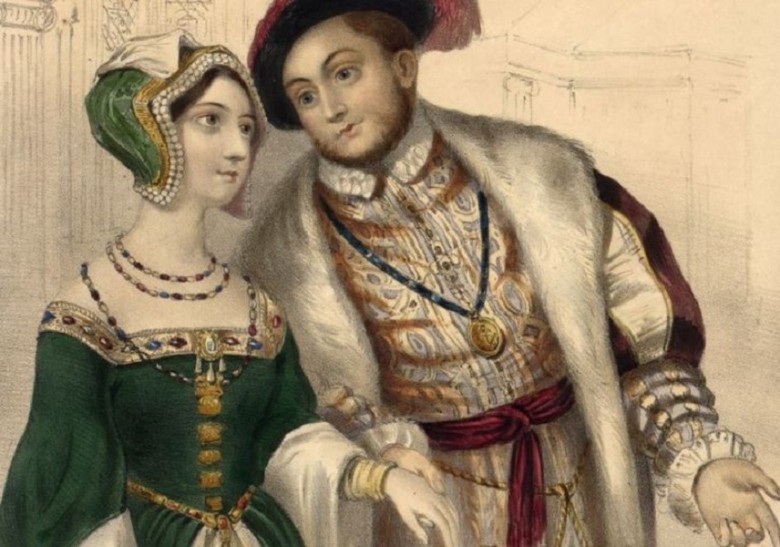
The Pope, however, was not convinced. Yet, even though the Pope denied the request, he apparently kept the letter, as it still remains in the Vatican Archives today.
-
The Chronovisor
Before his death in 1992, Father Pellegrino Ernetti had some impressive stories to tell. Incredibly, he claimed to have caught a glimpse of Roman senator Cicero delivering a speech in 63 B.C.
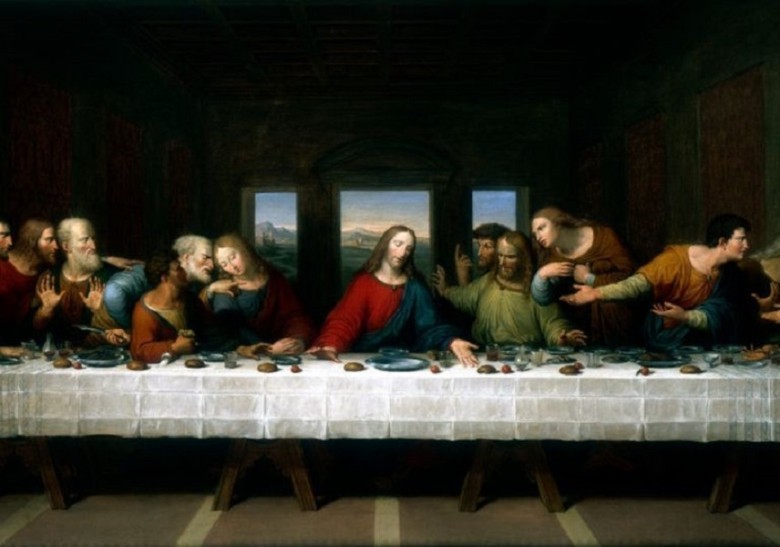
He also spoke of visions of Jesus' Last Supper and speeches by Napoleon. According to Ernetti, he experienced all these historical moments using a device called the Chronovisor, which allowed him to peer into the past as if watching television.
A Danger to Humanity
His friend, François Brune, refused to accept the mockery and skepticism of many people regarding the Chronovisor. He even claimed that both Pope Pius XII and Mussolini viewed the device as a threat to humanity and, as a result, it was destroyed.
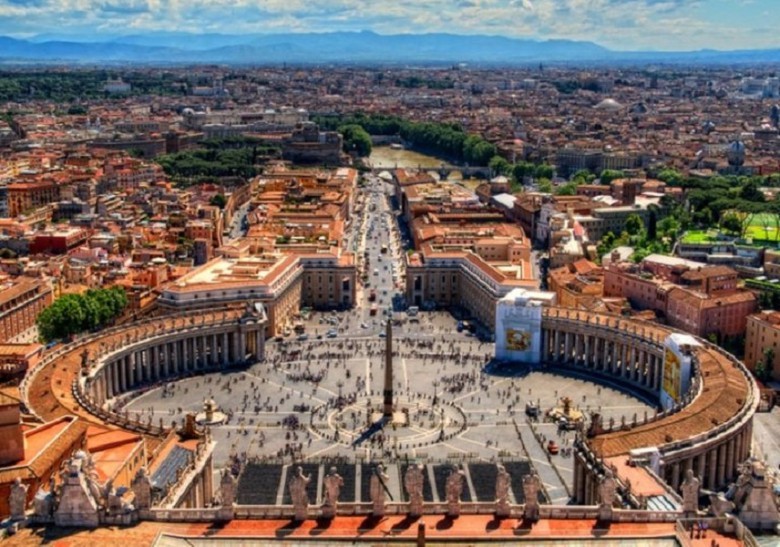
Nonetheless, some wonder if the Chronovisor might be hidden in the Vatican's secret collection.
-
One of Mary Stuart's Last Written Messages
Although she was once the ruler of Scotland, Mary Queen of Scots was in difficult times when she sent a letter to the Vatican. In 1566, she married her half-cousin, Henry Stuart, Lord Darnley.
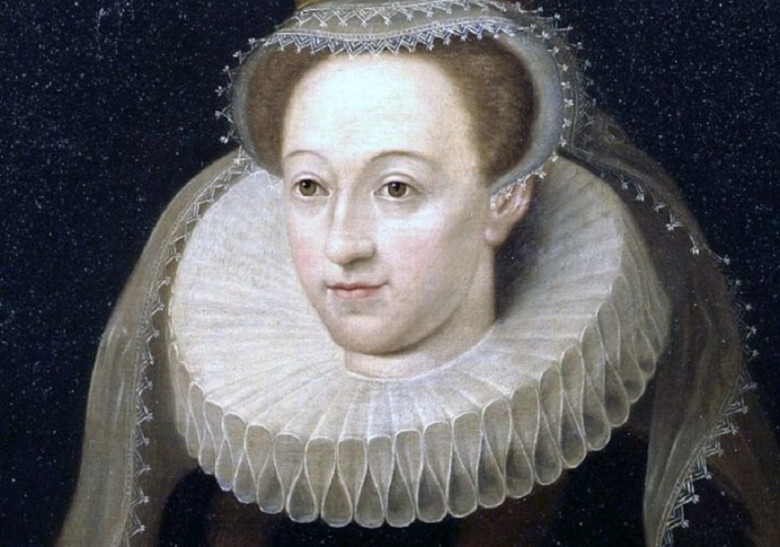
But less than a year after the wedding, he was found dead in the garden. After the queen then married the alleged murderer of her husband, public opinion turned against her, and she fled to England.
A Plea for Help
But her cousin, Queen Elizabeth I of England, was not exactly thrilled about her visit. Especially after it was revealed that Mary had plotted to kill her in 1586.
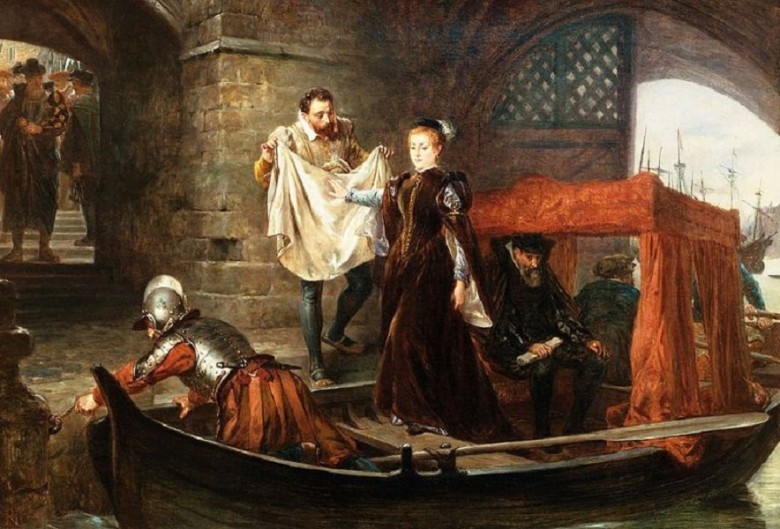
During her captivity, the Scottish queen turned to Pope Sixtus V for help. However, as history shows, he did not intervene and Mary was beheaded on February 8, 1587.
Notes on Galileo's Trial
During Galileo Galilei's time, it was believed that the universe revolved around the Earth. The Bible seemed to confirm this theory through passages asserting that our world would never move.
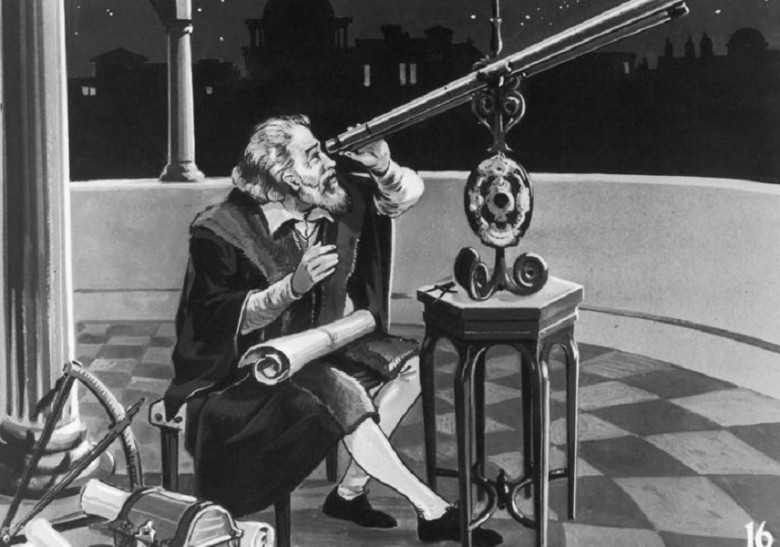
But the Italian astronomer had a different opinion. He believed that the Earth and the entire solar system actually revolved around the Sun.
Gazing at the Skies
Galileo Galilei's groundbreaking insights and discoveries in the field of astronomy placed him in a precarious position, directly conflicting with the established views of the Church. As a result of his radical beliefs supporting the heliocentric model of the universe, he found himself amidst great controversy and was eventually brought before a Church court to justify his scientific views. Although Galileo insisted vigorously that his findings were true and accurate, and he denied any guilt regarding possible heresy, he could not avoid the harsh judgments of the ecclesiastical authorities.
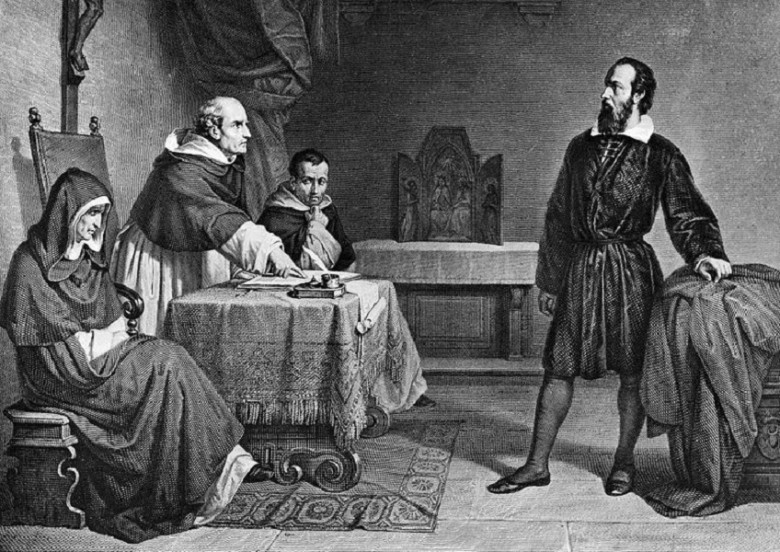
As a consequence of these disputes, he was sentenced to lifelong house arrest. In a remarkable testament to this historical event, the Vatican Archives actually house some very detailed notes and documents relating to Galileo's trial in 1633, providing a deeper insight into the drama and significance of these events.
Alien Skulls
Within the Catholic community, there appears to be no prevailing or strict stance regarding the existence of extraterrestrial life on other planets. In fact, many Catholics are quite open to this idea and even embrace it, seeing it as a continuation of God's immeasurable and unlimited creative power.
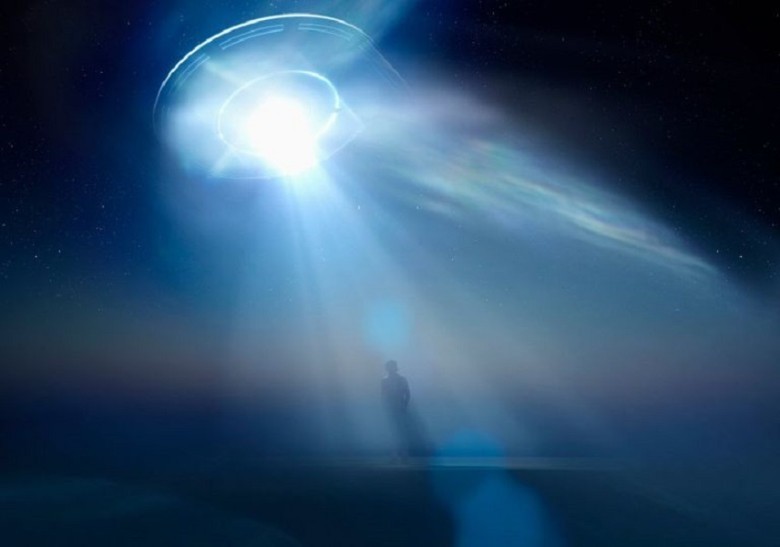
They argue that God, in His boundless wisdom and creativity, has created countless wonders and diverse forms of life on our Earth, and surely, He would be capable of creating life in other parts of the universe as well. Therefore, it would not be incompatible with the faith of many Catholics to accept that there might be life on other planets, as it would only serve as further evidence of God's infinite creative power.
Evidence for Alien Life?
Amidst the discussion of extraterrestrial life and the universe, there are intriguing and captivating rumors that place the Vatican in the spotlight. It is rumored that the Vatican may possess more concrete and tangible evidence for the existence of aliens. Some of these rumors even go so far as to claim that the Catholic Church actually holds physical remains, such as skulls, of beings from other planets. If such claims were true, it would undoubtedly revolutionize the general perception and understanding of alien life.
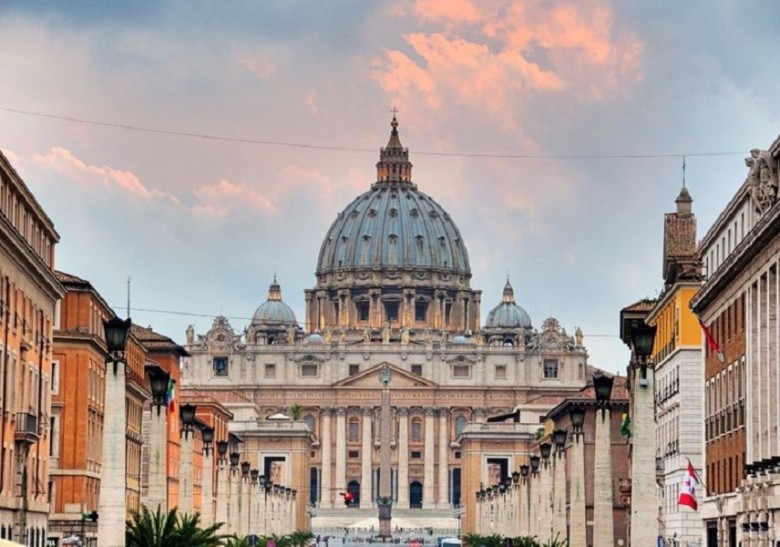
Indeed, such concrete evidence from the Vatican would be far more revealing and spectacular than any UFO sightings or other anecdotal evidence presented to the public so far. The potential of such a discovery would undoubtedly have deep and far-reaching implications on religion, science, and our conception of life in the universe.
A Letter Informing the Pope about a Swedish Queen's Conversion
Queen Christina of Sweden, a fascinating and often controversial figure in European history, sat on the throne of Sweden from 1632 to 1654. Her reign was marked by a mixture of shining moments and controversial decisions. One of the most notable decisions in her life was her choice to abdicate the crown. Several factors were behind this decision, concerning the state of her kingdom and her personal beliefs.
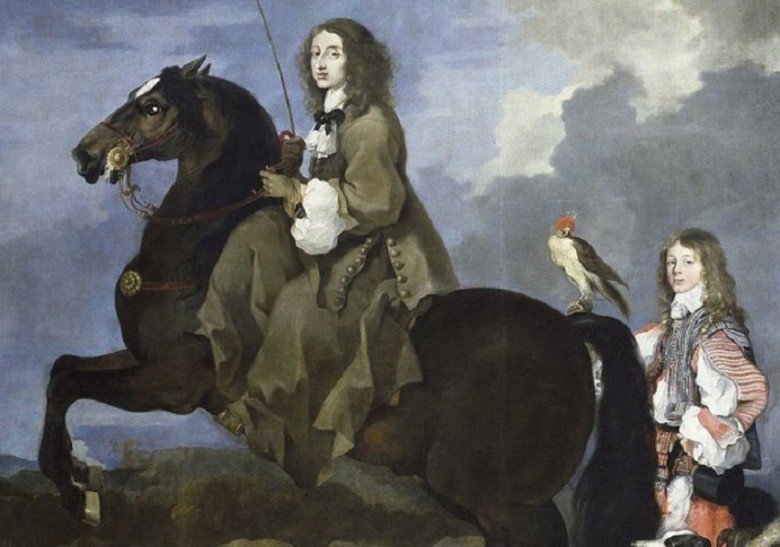
A significant factor was her financial management. Her inclination towards excessive and often extravagant spending heavily burdened the state treasury and brought Sweden to the brink of economic ruin. Additionally, she underwent a profound religious transformation, turning away from the Lutheran faith that was predominant in Sweden and converting to Catholicism. This step was not only courageous but also politically risky in a predominantly Protestant country. Taken together, these main reasons illustrate the complexity and depth of her decision to abdicate as queen.
A Woman Against Her Time
Christina of Sweden, after deep introspection about her life and royal duties, made the remarkable decision to abdicate the crown. As a testament to her deep respect and reverence for the head of the Catholic Church, she chose a direct and personal way to communicate her decision: she informed the Pope through a carefully composed letter. This step not only reflects her newfound religious conviction but also the depth of her personality and the gravity of her decision.
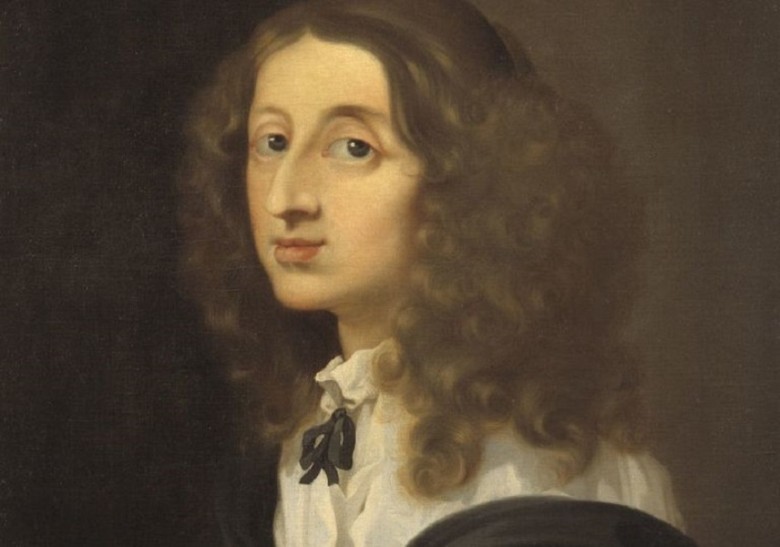
After leaving Sweden, she settled in Rome, the heart of Catholicism, and fully integrated herself into the religious and cultural life of the city. Her close connection to Rome and the Vatican was sealed by her final resting place, as she is one of the few women privileged to be buried in the impressive St. Peter's Basilica in Vatican City. A testament to her historical significance and legacy is the letter she wrote to the Pope, which is still carefully preserved in the Vatican Archives after almost four centuries.
A Letter Requesting Protection for Missionaries in Tibet
The seventh Dalai Lama of Tibet served as the spiritual leader of the country between 1720 and 1757. During part of this time, Pope Clement XII was at the helm of the Catholic Church.
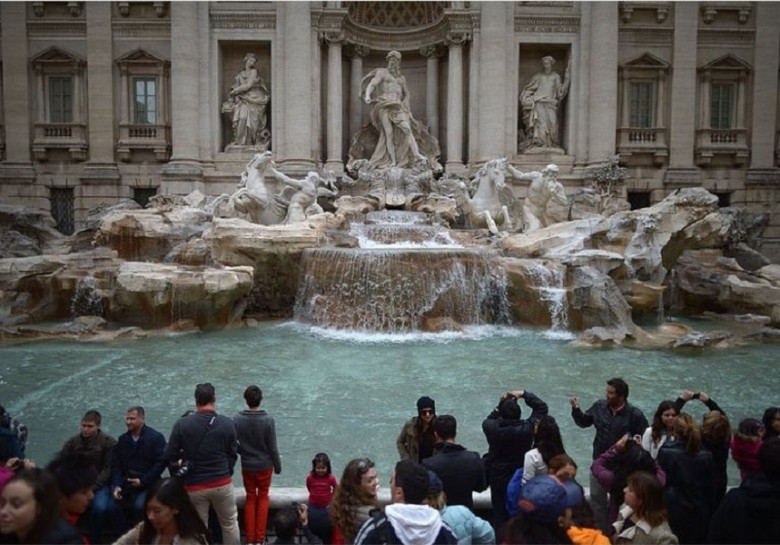
Under his leadership, Clement XII was able to raise considerable funds for the Church. He used this fortune to renovate the Basilica di San Giovanni and erect the famous Trevi Fountain in Rome.
Two Worlds
Although the Dalai Lama and Pope Clement XII lived in completely different worlds, the Dalai Lama reached out to the Pope when Catholics in Tibet needed protection.
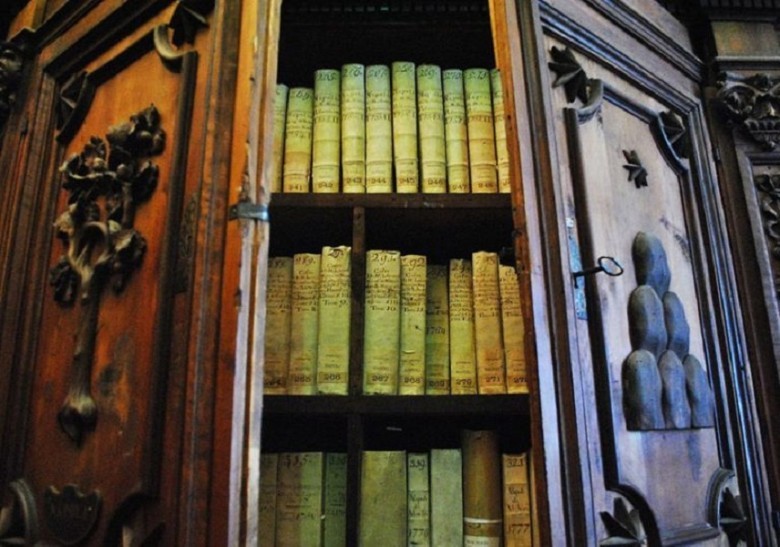
In particular, he requested measures to protect a group of Franciscan missionaries who had traveled to Tibet. The letter he sent remains securely stored in the vaults of the Vatican to this day.
Records of What the Illuminati Will Do Next
In 1776, the Bavarian Illuminati Order was founded, partly with the aim of reducing the influence of religious institutions on people's everyday lives. The members of the group also wanted to fight against corruption among government officials.
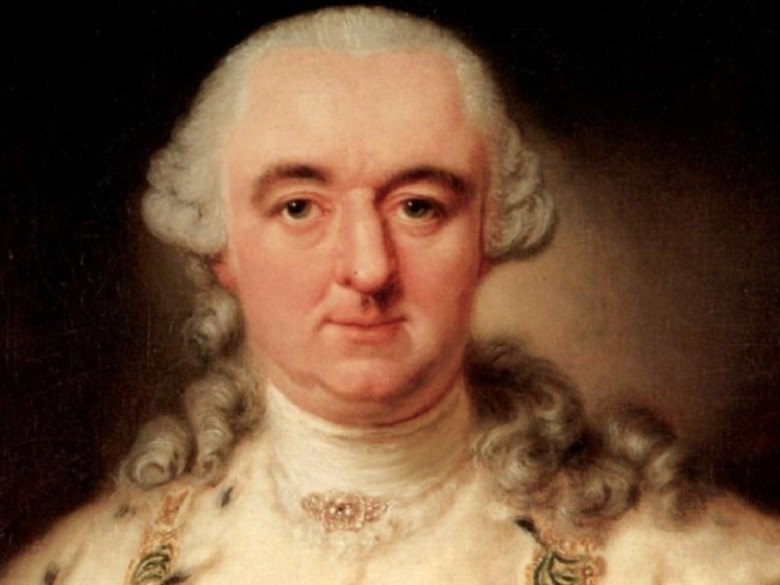
When the Bavarian ruler Karl Theodor learned of the Illuminati's intentions, he banned the organization. However, rumors persist that the group still exists today and exerts global influence.
Illuminati Visions of the Future
For decades, mysterious and often contentious conspiracy theories have circulated, postulating a connection between the Illuminati, an allegedly powerful and hidden organization, and the Catholic Church.
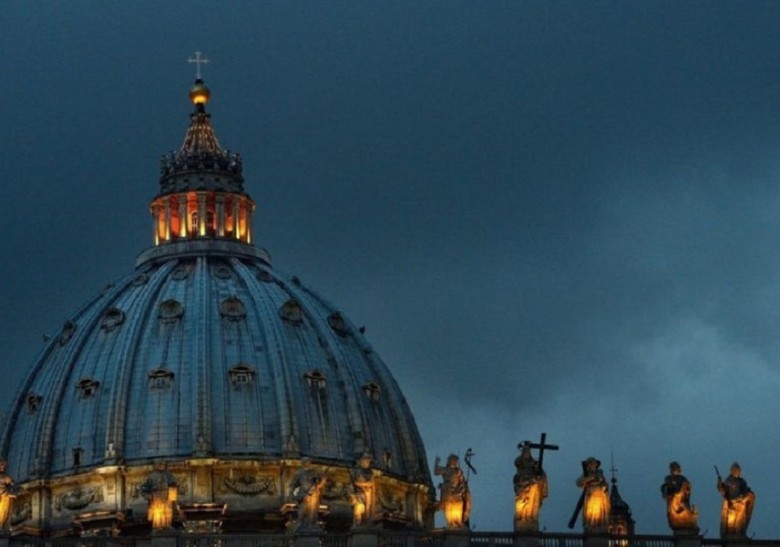
Many of these theories boldly claim that the Illuminati systematically recruit anyone in high positions within the Church to further their secret agendas and intentions. In addition to these already explosive allegations, there are even more sensational rumors.
Heresy and Blasphemy
The situation worsened for the Knights Templar when King Philip IV of France began arresting members and burning them at the stake. In response, Pope Clement V dissolved the order.
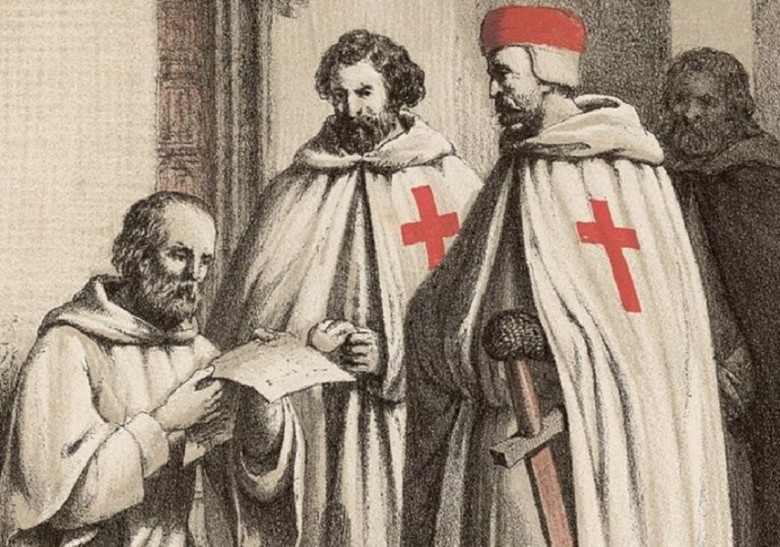
The events of this time are documented in the Chinon Parchment, which describes the trials against the Templars for charges such as heresy and blasphemous behavior during the Crusades. Interestingly, this document was only rediscovered in 2001 when it was found in a box in the Vatican Apostolic Archive.
The Doctrine of the Immaculate Conception
The concept of original sin in Christianity is deeply rooted in the narrative of Adam and Eve, who chose to eat the forbidden fruit in the Garden of Eden. This act of disobedience to God's will had dramatic and far-reaching consequences, according to the teachings of the Catholic Church, extending to every subsequent generation of humanity. However, amidst this comprehensive notion of original sin, there is a particular belief related to the Immaculate Conception.
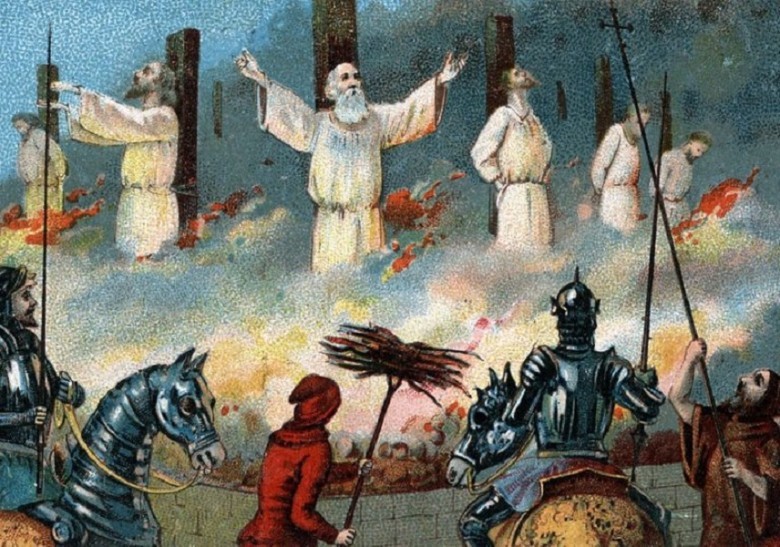
This belief states that throughout human history, there was only one woman who was freed from this sin – the Virgin Mary. Her unique status places her in a special position of purity and holiness within the Christian faith.
A Woman without Sin
The idea that the Virgin Mary was born without the stain of original sin had long been a deeply ingrained belief within the Catholic community. However, it was not until 1854 that this belief received formal recognition from the Church when Pope Pius IX proclaimed the doctrine of the Immaculate Conception in a papal bull.
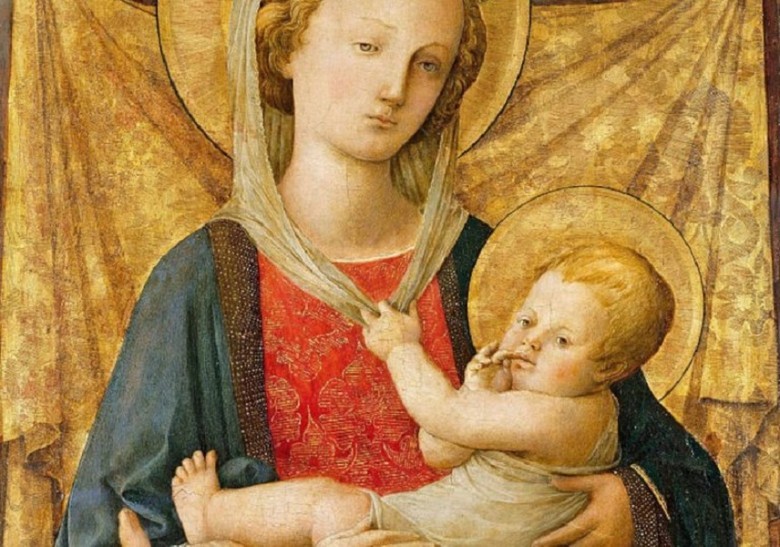
This precious document confirming this crucial doctrine is still carefully preserved in the Vatican. As a sign of reverence and recognition of this sacred concept, Catholics worldwide celebrate the Feast of the Immaculate Conception every year on December 8th.
Religious Documents Cherished by the Essenes
Ancient philosophers have reported on the Essenes – a Jewish group that appeared to have sequestered themselves from society. However, the New Testament of the Bible does not mention this group, leading some to speculate that the Essenes may have authored the text themselves.
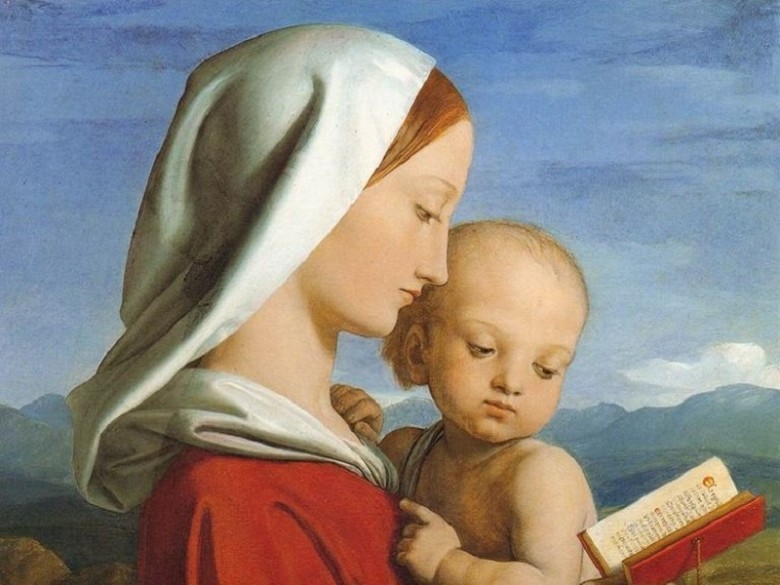
Many of their beliefs seem to align with the actions of Jesus, with emphasis on charity and the importance of baptism.
An Ancient Document written in Aramaic
While perusing the Vatican Archives in 1923, Bishop Edmond Bordeaux Szekely claimed to have discovered an ancient document written in Aramaic, depicting the principles of the Essenes.
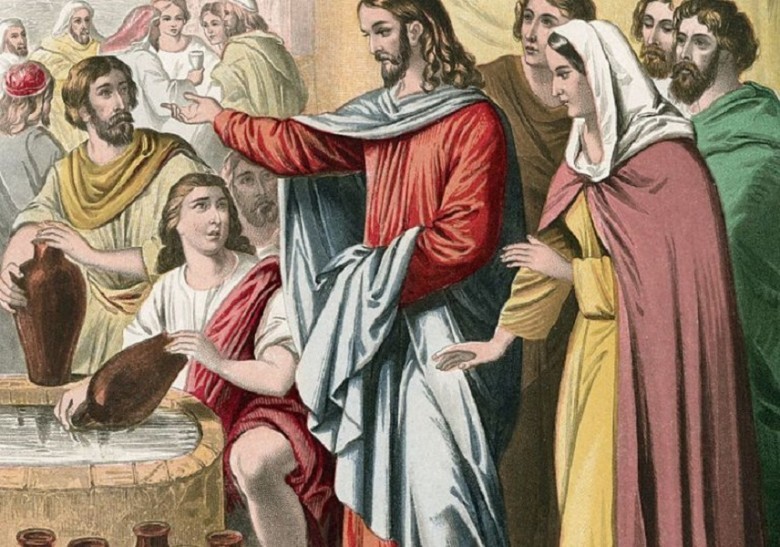
However, no one else has reported such a finding. In fact, there is no evidence of Szekely's visit to the vaults, and the existence of the manuscript remains unconfirmed to this day.
A Possible Connection Between Pope Pius XII and 1930s Germany
After historian David Kertzer of Brown University had the opportunity to explore the Vatican Archive, he was able to confirm some of the information contained within.
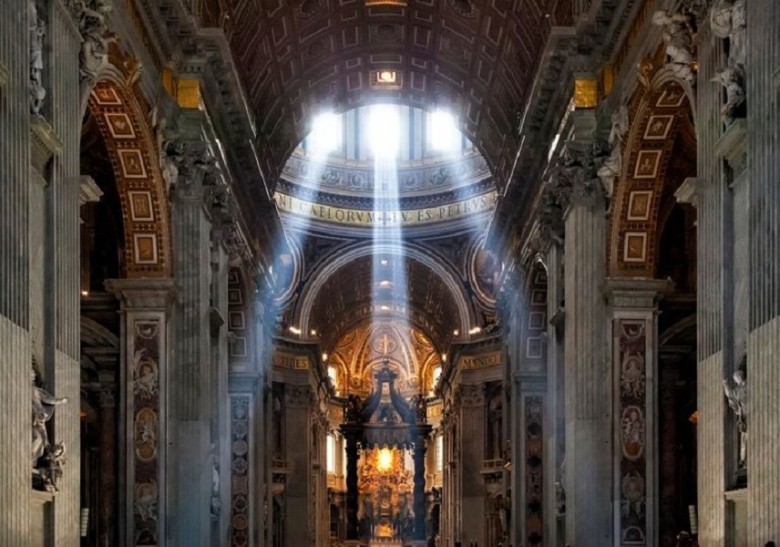
Based on his research, he corroborated the claim that Pope Pius XI had asked Italian dictator Benito Mussolini to protect Catholic interests in Italy. In return, the Pope promised to turn a blind eye to Mussolini's anti-Semitic actions.
A Dark Chapter
Pope Pius XII succeeded in 1939 amid rumors of possible connections and support to the German leaders of that time, similar to Pius XI's support for Mussolini.
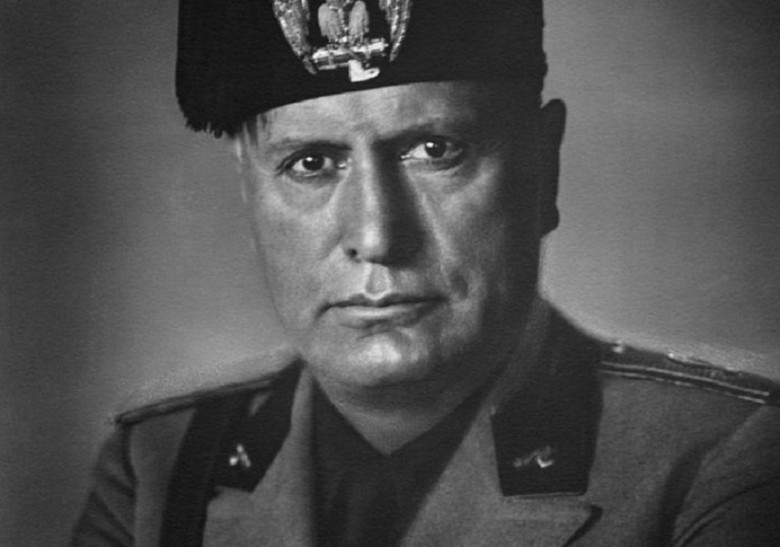
Kertzer also speculated whether the Vatican may have withheld evidence to protect the Church's image. Nevertheless, he noted that the Vatican staff, as professional historians, seemed to approach history without bias.
Possible Details about the Bloodline of Jesus
One might assume that the Catholic Church knows every detail about the life of Jesus, but that is not entirely the case.
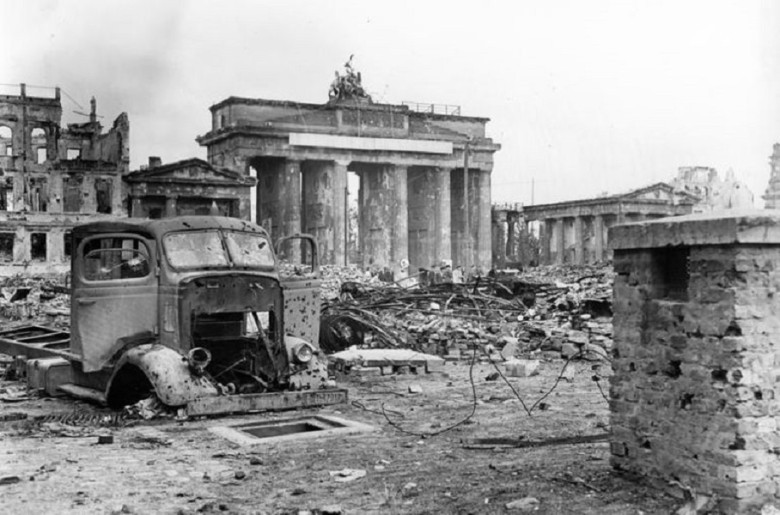
There are only a few records of what Jesus did from his childhood to his early thirties. Some even believe that Jesus may have had his own family before his crucifixion.
A Hidden Family Life
If Jesus had children, his bloodline could still be traced today. Some people even believe that the Vatican possesses more detailed information about the family life of Christ and keeps it hidden.
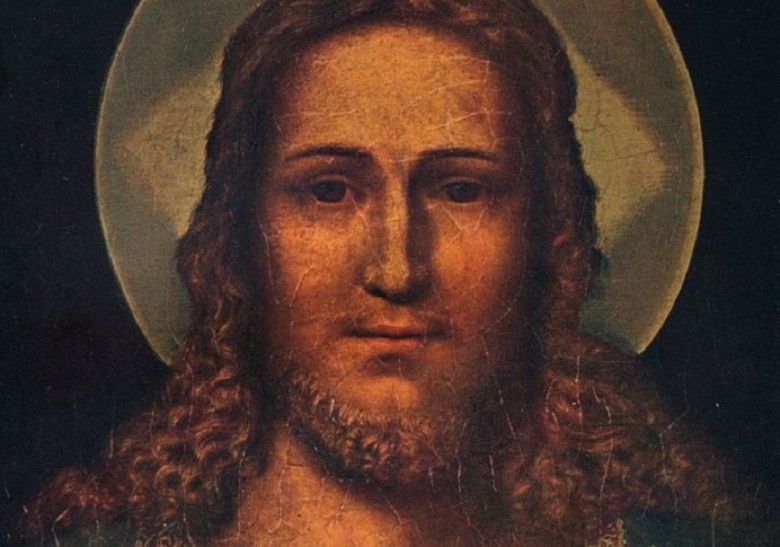
If such information exists, it would certainly be explosive for the Church. So, it would make sense to keep it securely guarded - if it exists at all.
Letters from Abraham Lincoln and Jefferson Davis
As history shows, the American Civil War was primarily the result of a geographic dispute over slavery. While the North opposed it, the South wanted to continue it.
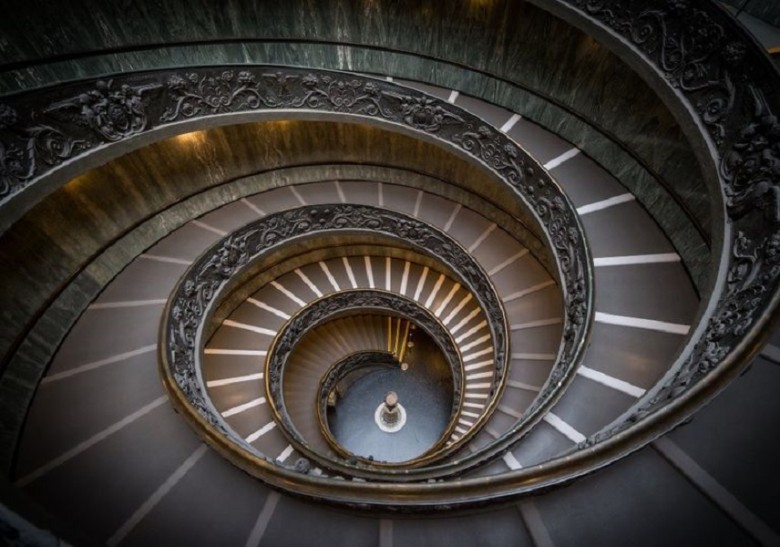
When the war began in April 1861, Abraham Lincoln led the North with abolitionist goals, while Jefferson Davis became the commander of the Confederacy.
A Moral Judgment
It turned out that both Lincoln and Davis sought external support. Therefore, both leaders of the Civil War wrote to Pope Pius IX, asking him to declare which side was right - the North or the South.
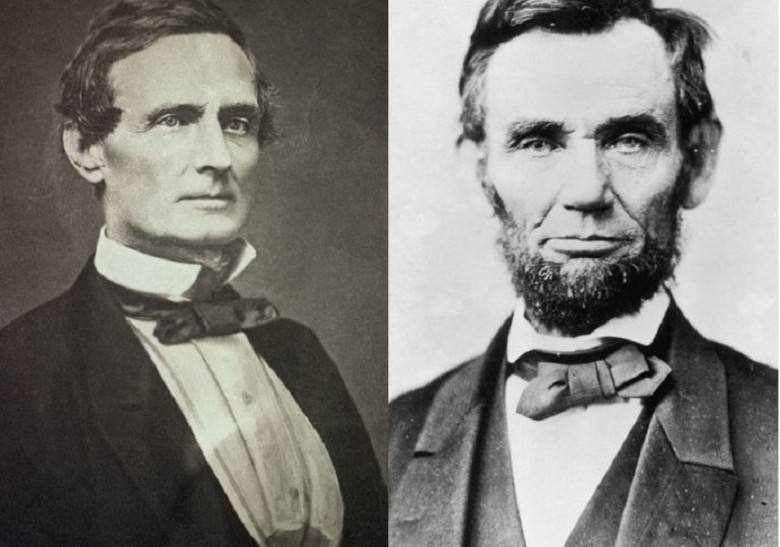
The Pope's response was indirect. He never really supported the Confederacy but instead advocated for the abolition of slavery.
Evidence that Jesus Was Not Crucified
The crucifixion of Jesus Christ is a central and profound event in biblical history and, accordingly, a fundamental cornerstone of the Catholic faith. This event symbolizes the sacrifice and redemption that Jesus brought for the sins of humanity. Despite widespread acceptance, some hold onto an alternative narrative.
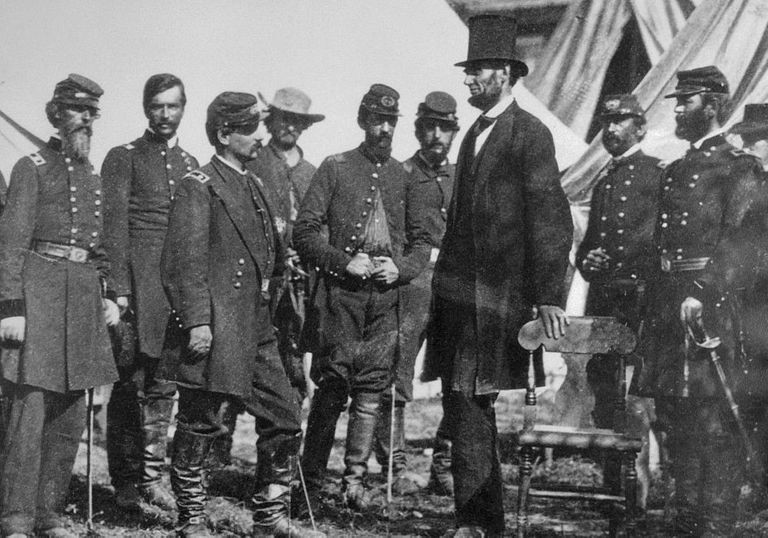
They believe that Jesus did not actually die by crucifixion and that the Vatican, as the center of the Catholic Church, holds crucial evidence supporting this alternative theory. Such claims are controversial and doubted by many believers and scholars.
Letters from Abraham Lincoln and Jefferson Davis
As history shows, the American Civil War was primarily the result of a geographical dispute over slavery. While the North opposed it, the South wanted to continue it.
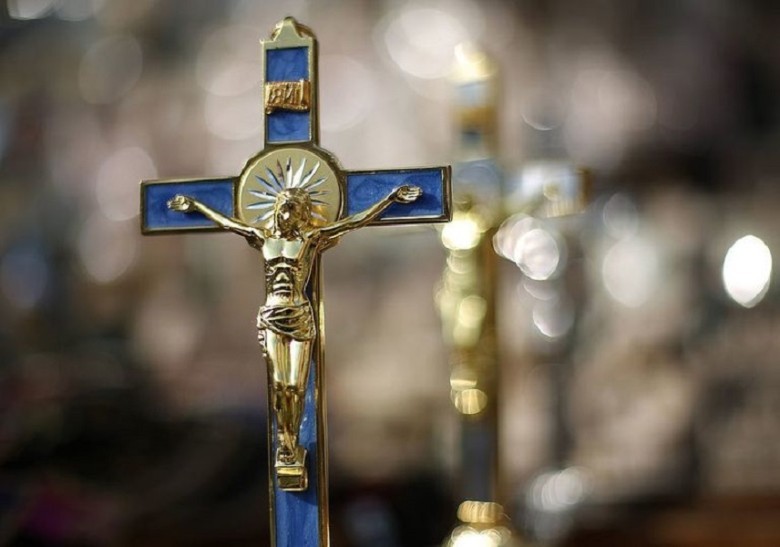
When the war began in April 1861, Abraham Lincoln led the North with abolitionist goals, while Jefferson Davis became the commander of the Confederacy.
A Moral Judgment
However, it turned out that both Lincoln and Davis sought external support. Therefore, both Civil War leaders wrote to Pope Pius IX, asking him to declare which side was right - the North or the South.
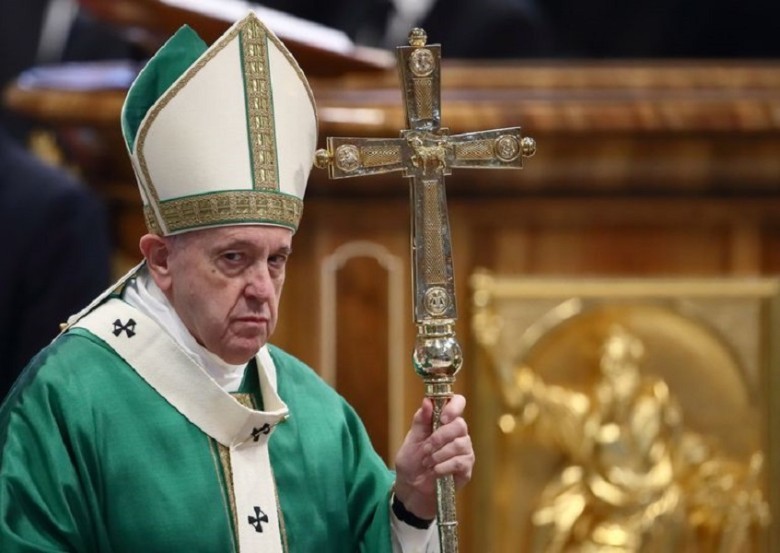
The Pope's response was indirect. He never really supported the Confederacy but instead advocated for the abolition of slavery.
Proof that Jesus Was Not Crucified
The crucifixion of Jesus Christ is a central and profound event in biblical history and, accordingly, a fundamental cornerstone of the Catholic faith. This event symbolizes the sacrifice and redemption that Jesus brought for the sins of humanity. Despite widespread acceptance, some hold onto an alternative narrative.
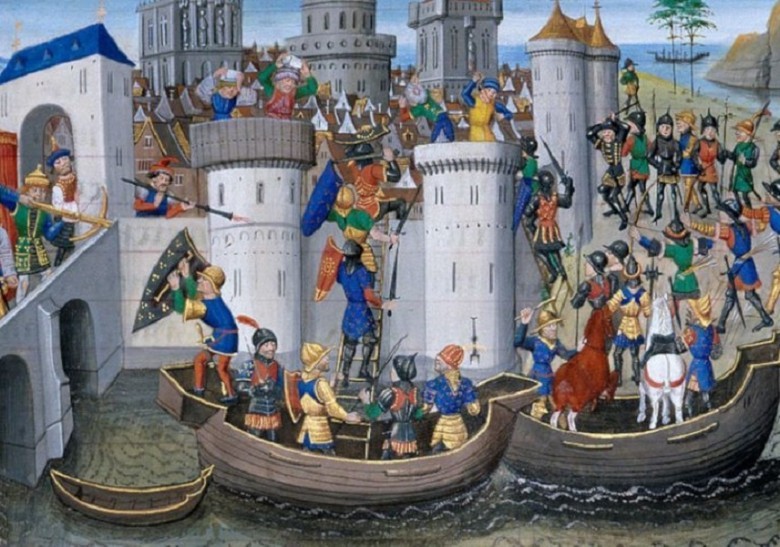
They believe that Jesus did not actually die by crucifixion and that the Vatican, as the center of the Catholic Church, holds crucial evidence supporting this alternative theory. Such claims are controversial and doubted by many believers and scholars.
A Conspiracy to Fake the Crucifixion
Michael Baigent, a renowned archaeologist, proposed a fascinating and controversial theory that challenges the traditional depictions of Jesus' crucifixion. He claimed that Jesus and Pontius Pilate may have planned a sophisticated staging of the crucifixion together. In Baigent's hypothesis, Pilate used a special drug mixture to only simulate Jesus' death, after which the body was secretly removed from the tomb.
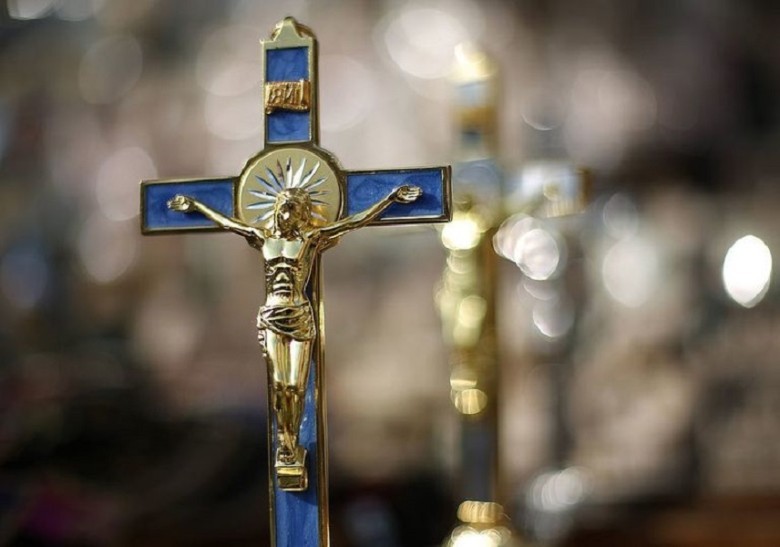
He went further in his speculation, suggesting that there are concrete written documents that prove this incredible intrigue. He believed that such evidence may be hidden deep within the Vatican, away from the public eye.
The Papal Letter that gave the Green Light for the Fourth Crusade
The Fourth Crusade, which began in 1202, represents a remarkable chapter in the history of the Crusades. Christian knights and nobles from the West formed a mighty army with the central aim of reclaiming the holy city of Jerusalem from the Muslims. The strategic approach initially involved defeating the powerful Ayyubid Sultanate of Egypt, which was seen as a crucial obstacle on their path.
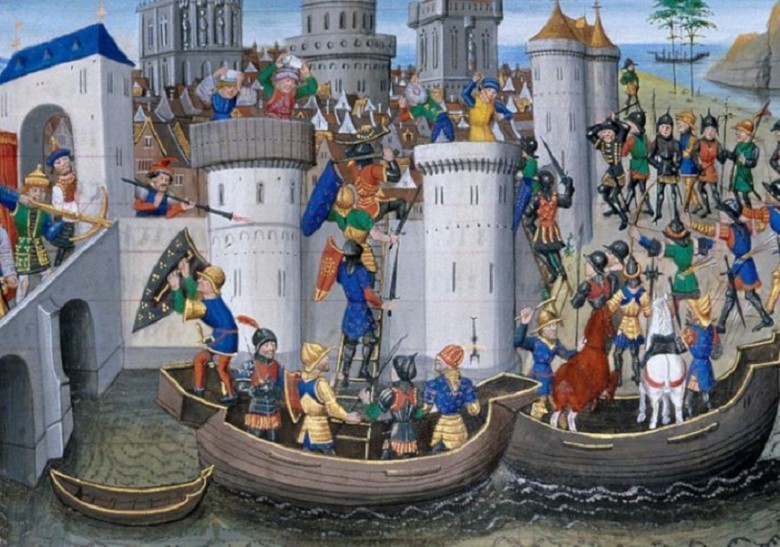
However, despite careful planning and firm determination, events took an unexpected turn. Instead of heading south, the crusaders turned their weapons against Constantinople, the Christian center of the Byzantine Empire, and conquered it in a devastating campaign.
A Work of Hell
In 1198, Pope Innocent III announced in a papal bull his desire to initiate a Fourth Crusade with the goal of recapturing the Holy Land from the Muslims. Yet, his vision and zeal were overshadowed by the unexpected outcome of the crusade. Instead of heading to Jerusalem, the crusaders turned towards Constantinople, besieging the city in an unprecedented wave of violence.
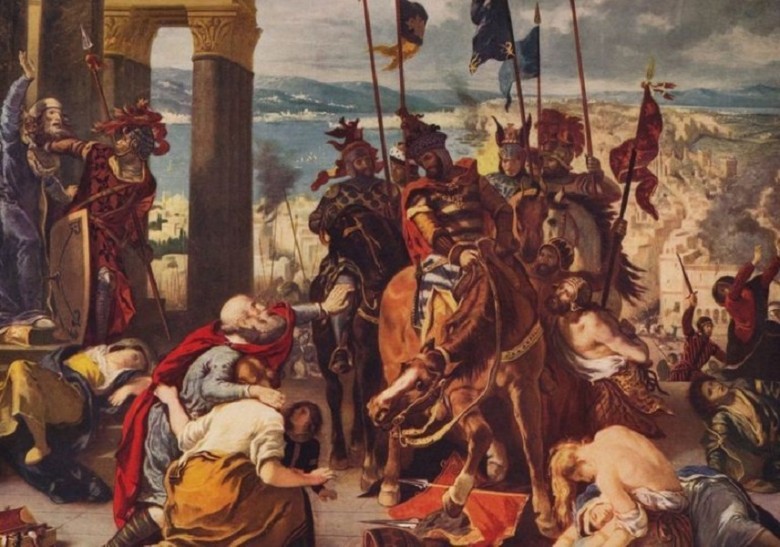
This deviation from his original mandate and the destruction caused by the crusaders prompted Pope Innocent to harshly criticize the enterprise and even brand it as a "work of the devil." Nevertheless, his original letter sanctioning this crusade remains a significant historical document carefully preserved in the Vatican archives to this day.












Comments
0 comment